The Steering Wheel: How Did We Get Here?
Six key Mercedes steering wheel designs of the past bring us to its all-new design for 2021.
#interior
Hans-Peter Wunderlich, Creative Director Interior Design at Mercedes-Benz, puts it quite simply: “Steering-wheel design is a world of its own and a very special challenge that is often underestimated.”
The new Mercedes E-Class models are available with two steering wheel designs. There is the “Luxury” version, which has its control surfaces on what are meant to resemble flower leaves. There is the “Supersport,” which has a set of double-deck spokes that are said to be “reminiscent” of the wheel wing nuts on a sports car.
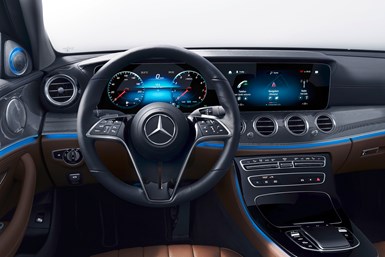
The capacitive steering wheel launched in the 2021 Mercedes E-Class. (Images: Mercedes-Benz)
But what makes these steering wheels significant is that they feature smartphone-like capacitive capability. There are two sensor mats, located on the front and back sides of the steering wheel rim. When the wheel is gripped, assuming that there is a sufficient amount of force, there is a change in capacitance which is converted into a digital signal by a control unit. Consequently, it is determined whether the driver is using the steering wheel. Should the system determine that when the car is in semi-automated driving mode and the steering wheel has not been engaged by the driver for a set period of time, there is a warning given to the driver. If that doesn’t result in the wheel being taken, then the system activates Emergency Stop Assist. In addition to which, on the aforementioned control surfaces the “buttons” used to control various functions are also based on capacitive sensors so that taps and swipes familiar to smartphone users are used to make selections.
But how did the steering wheel develop? Here’s a walk-through key moments in Mercedes history:
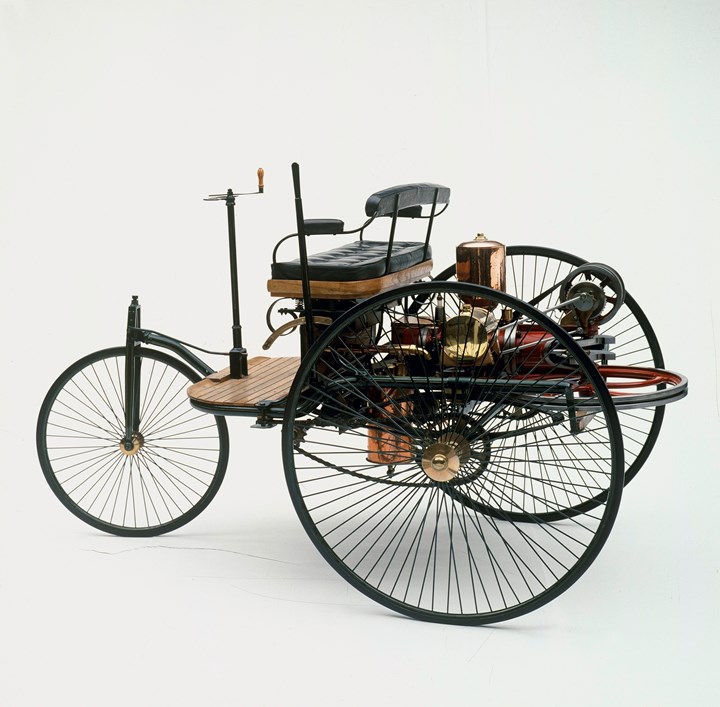
1886
The Benz Patent-Motorwagen. No wheel. A lever.
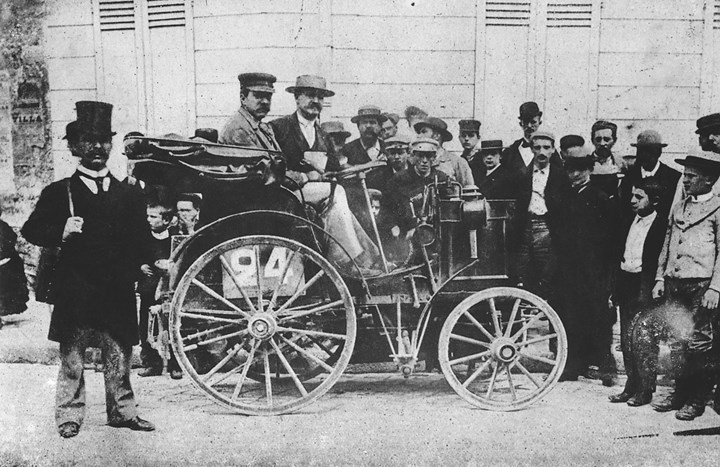
1894
A Panhard & Levassor (powered by a Daimler engine) is the first car with a steering wheel. It was invented by French engineer Alfred Vacheron.
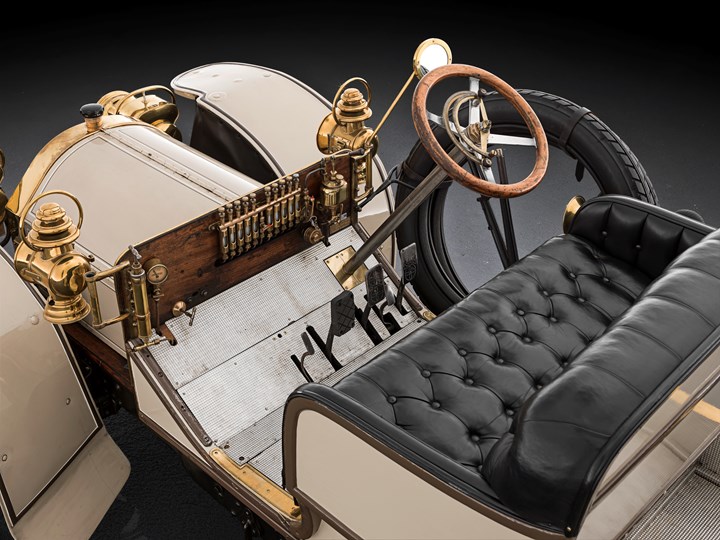
1902
Mercedes Simplex. Steering column is tilted for better ergonomics. Levers added for things like adjusting ignition timing and the air/fuel mixture.
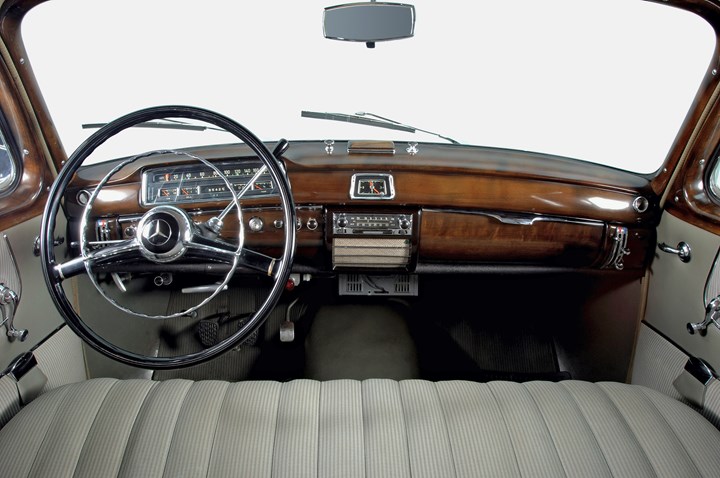
1954
Mercedes 220 S Ponton. Note that by this time there is a horn ring. The gearshift was placed on the steering column.
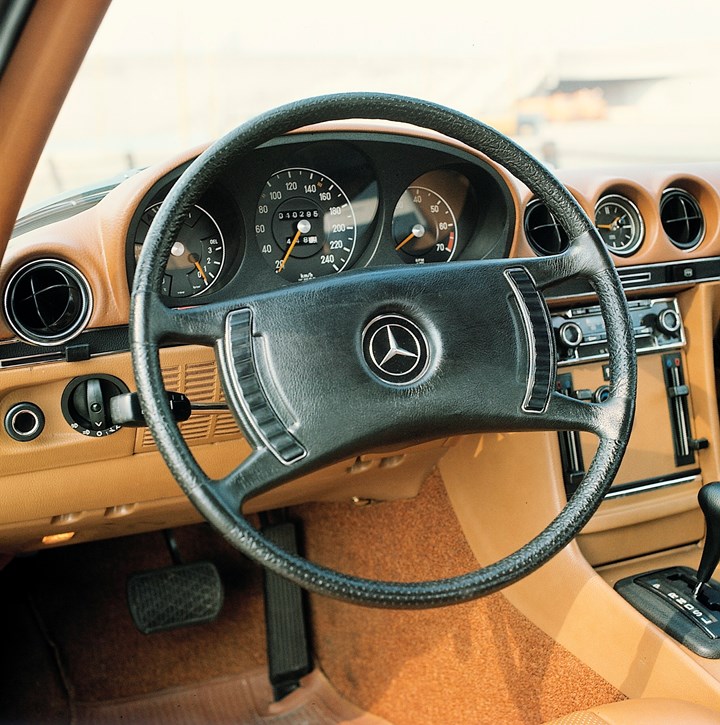
1971
Mercedes 350 SL features the four-spoke safety steering wheel that features a padded plate to absorb impacts. The horn rim is eliminated.

1998
The S-Class 220 features a multifunctional steering wheel that was integrated with the COMAND (Cockpit Management and Data) system. The driver could control functions via thumb activation.
RELATED CONTENT
-
FCA Opens the Door to The Future
FCA introduced a high-tech concept vehicle today, the Chrysler Portal, at the event previously known as the “Consumer Electronics Show,” now simply CES.
-
Lincoln Corsair Takes Flight
“We wanted to create a dramatic, youthful Lincoln with terrific harmony.” And with the Corsair, they’ve accomplished what they set out to do.
-
On the 2016 Chevrolet Camaro: The Sixth Generation
The fifth-generation Camaro brought the nameplate back from what could have been oblivion. The sixth is taking it in the right direction.


.jpg;width=70;height=70;mode=crop)